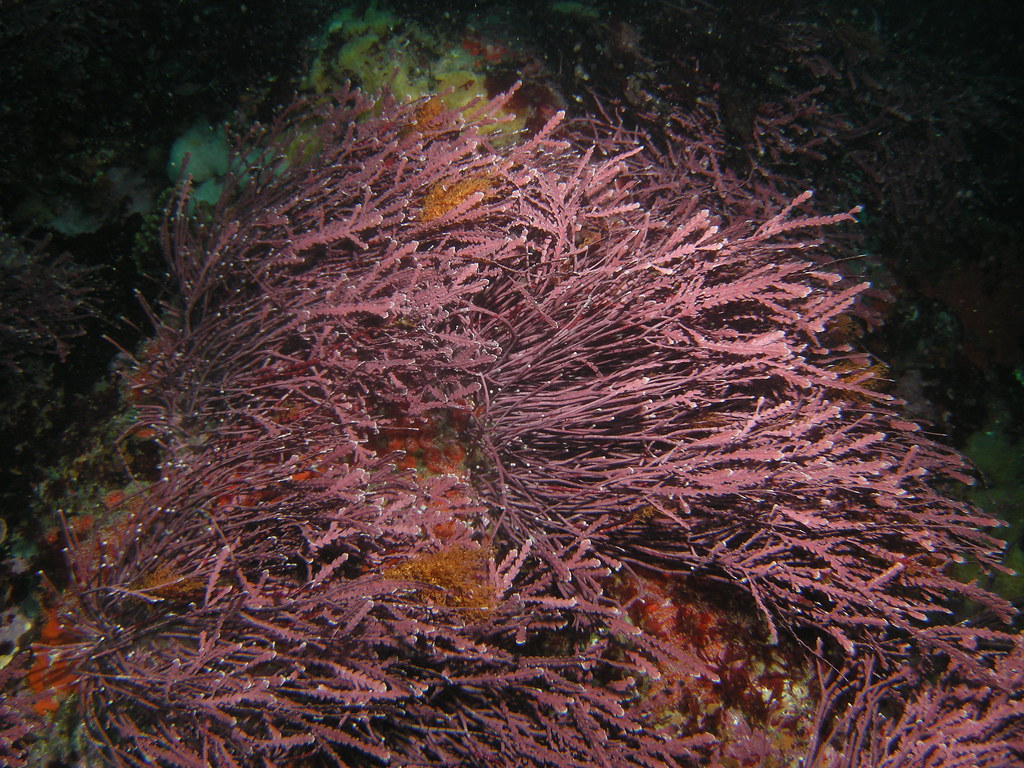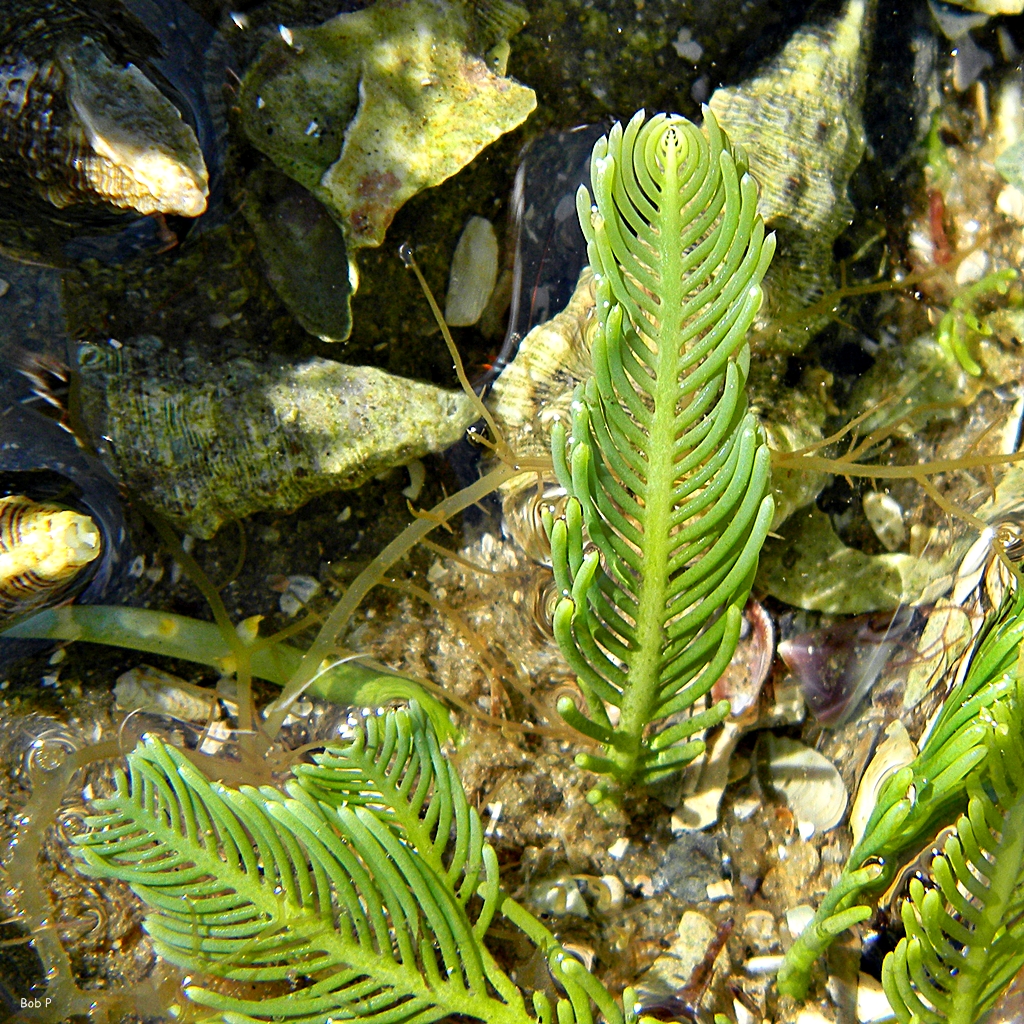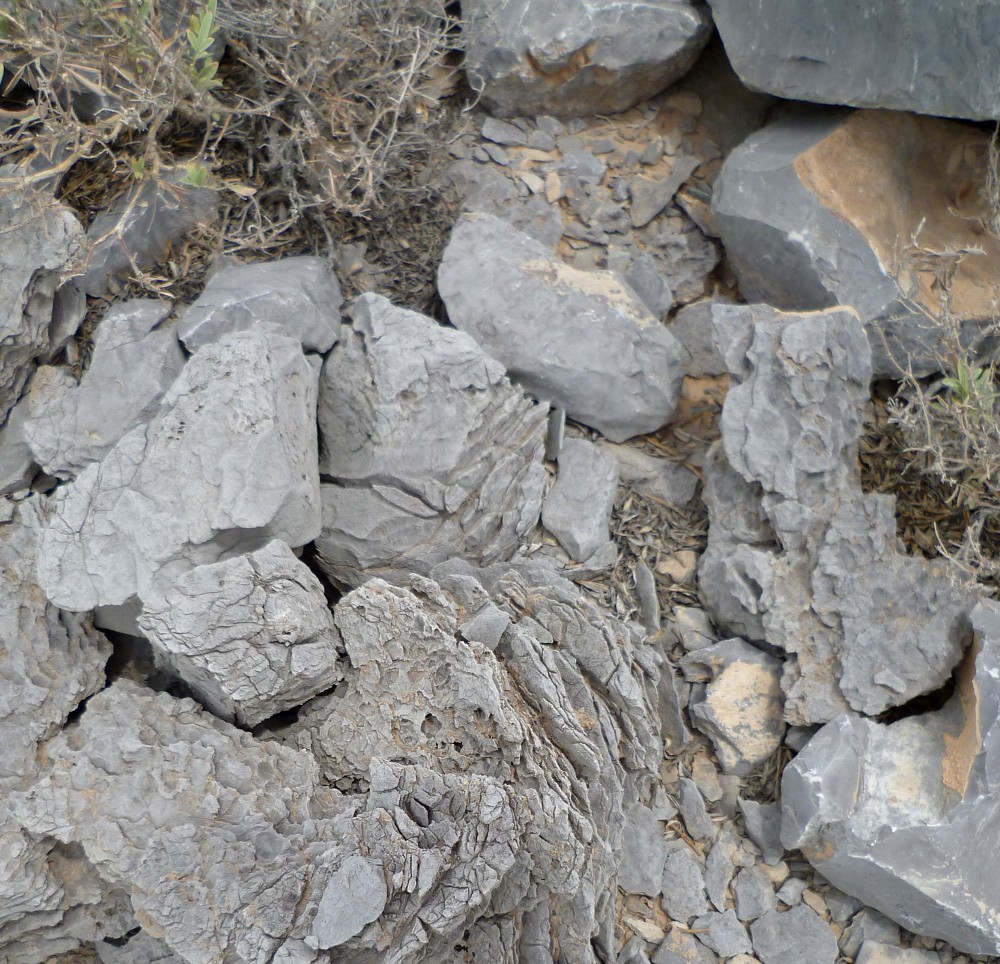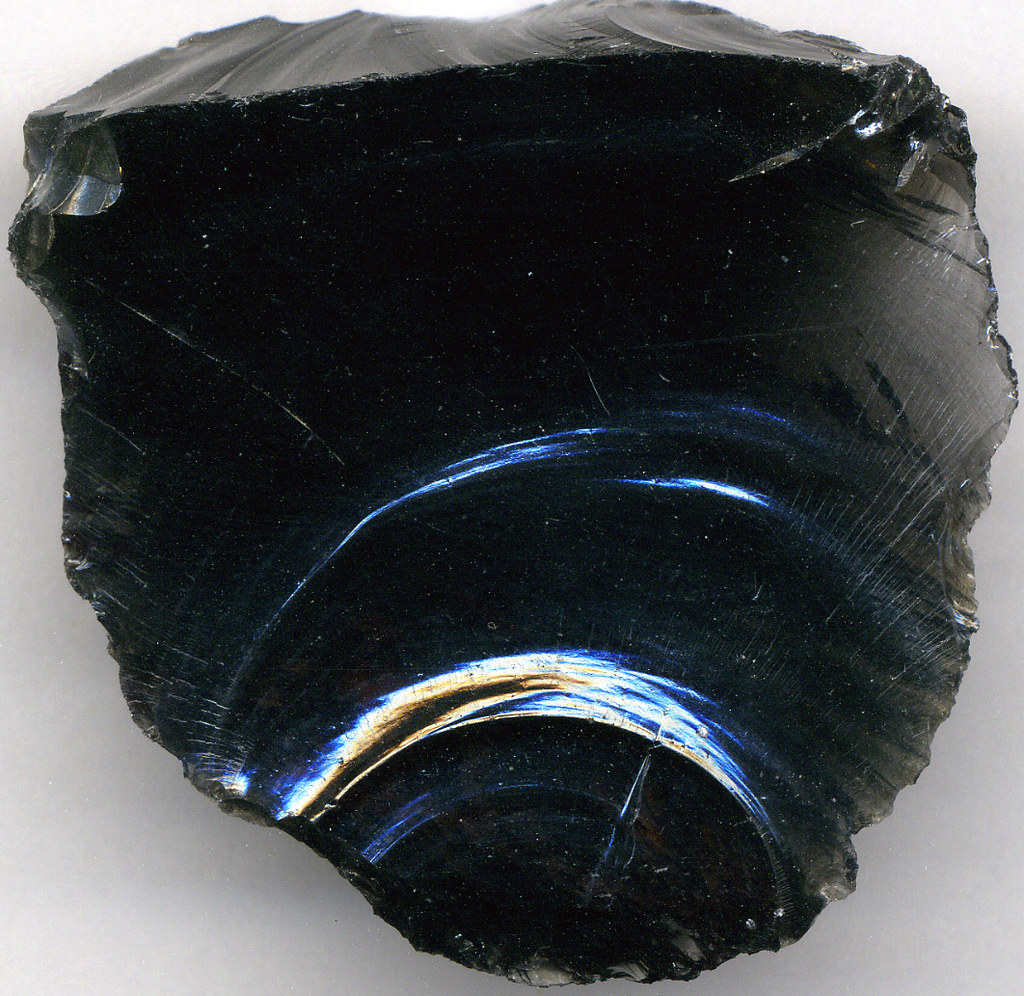 "Protozoa" by Louisiana Sea Grant is licensed under CC BY 2.0
"Protozoa" by Louisiana Sea Grant is licensed under CC BY 2.0

Definition of Protozoa
Protozoa is one of the groups (sub kingdom) of members of the protists of eukaryotes. Protozoa comes from the Greek, namely protos means first and zoon means animal. So, protozoa are the first animals or simply low-level animals that only have one cell. Protozoa habitat is in watery places that are rich in organic substances for example Amoeba proteus , both fresh and salt water, some live solitaire free to swim in water, stick to one place, parasite on plants and animals as well as humans as symbionts and are detrimental because as a cause disease is even beneficial because it helps destroy or decompose dead organisms.
Protozoa are single-celled animals, true nuclei (eukaryotic) and do not have a cell wall. Protozoa comes from the word protos which means first and zoon which means animal so it is called the first animal. The size is between 3 - 1000 microns and is a microscopic organism that is heterotrophic.
The morphology of protozoa varies, their physiology and metabolism adapted to their needs; nutrients are heterotrophic in free-living parasitic and autotrophic forms, they have a more or less complex life cycle, both free-living and parasitic, and in most cases, vegetative forms (trophozoites) and other resistant forms (cysts).
Protozoa are very diverse in shape and size. Some are oval or spherical, some are elongated, some are polymorphic (having various morphological forms at different stages in their life cycle). Some protozoa are as small as 1 nanometer in diameter; others, such as Amoeba proteus measuring 600 nanometers or more. Some common ciliates reach a size of 2,000 nanometers or 2 mm, so they can be seen easily without magnification.
General Characteristics of Protozoa
Protozoa are eukaryotic (nucleus protected by nuclear membrane) so that genetic substance / chromosomes are separated from the cytoplasm because there is a nuclear membrane barrier (caryotheca).
Cell does not have a cell wall, but if the environment is less well able to form a thick protective layer called cysts or cystic after good environment cyst rupture.
Cell shape is generally fixed except for Rhizopods.
Heterotrophs means that their food depends on other organisms (foraging for food by phagocytosis or pinocytosis).
In the food chain as zooplankton.
Some species are parasitic and cause disease in humans and livestock.
Has a different body shape at each phase in its life cycle.
Some protozoa have an active vegetative phase called trophozoites and a dormant phase in the form of cysts . Trophozoites will actively forage and produce as long as environmental conditions permit. If conditions do not allow the life of trophozoites, the protozoa will form cysts .
Cysta is a form of protozoan cells that are dehydrated and thick-walled similar to the endospores that occur in bacteria. At the time of the protozoan cysts are able to survive in a dry or wet environment.
Generally reproduce by dividing, there is also a conjugation.
Protozoa have locomotion tools that are in the form of pseudo-legs, vibrating hairs (cillia) and whip feathers (flagels) or with the cells themselves.
Nutrient uptake is by holozoic (eating other living organisms), saprozoic (eating dead organisms), holophytic or autotrophs (can form their own food through photosynthesis), saprozoic (absorbing dissolved substances around them).
How Protozoa Find Food
Protozoa are inhabitants of wet and watery places that are rich in organic substances, such as ditches, rice fields, ditches, rivers, reservoirs, seas, or parasites live in the bodies of other organisms. In places that are waterlogged and contain dry grass, protozoa are also often found. At the unfavorable environment, protozoan cysts can wrap yourself as a material composed of calcium carbonate (CaCO 3 ).
protozoa in taking food are carried out in the following ways:
Holozoic , which takes food from other microorganisms such as bacteria or algae (algae).
Saprophyte , which takes food from the crushed plant material around it.
Saprozoic , which takes food from animals that have died.
Holozoic , that is by carrying out photosynthesis
Classification and Examples of Protozoa
Based on the locomotion they have, the protozoa are divided into four classes, namely rhizopoda, mastigophora, sporozoa and ciliates.
Rhizopoda or Sarcodina
Rhizopoda or Sarcodina (Rhizoid = root, podos = foot) are protozoa that move using pseudopodia (false feet) which are extensions of the cytoplasm, for example Amoeba , Foraminifera, Radiolaria, Arcella, Entamoeba coli, and Entamoeba histolytica . Is a microscopic animal that lives as a small mass that is clear and amorphous or can change its shape.
The rhizopoda class is divided into 5 orders, namely:
1. Order Lobosa, characterized by short and blunt pseudopodia and clear differences between ectoplasm and endoplasm.
2. Order philose, characteristics: have pseudopodia smooth like threads and branches.
3. Order foraminifera, characteristics: have long and smooth pseudopodia.
4. The order helioza, characterized by: has pseudopodia in the form of radial threads and the interfilaments never unite to form a net or webbing.
5. Order radiolarian, characterized: have pseudopodia in the form of fine threads arranged radially and branched to form a net (woven).
The body structure contains the nucleus, food vacuola, cytoplasm and others. For free-living animals there are contractile vacuoles (contractile vacuoles are found in all freshwater rhizopods), while parasitic animals are absent. Contractile vacuole functions as an osmoregulator or water balance regulator but can also function as a means of excretion.
Some species have a graft or shell to protect the cell. The shell is made of silicon (eg Radiolaria) or calcium carbonate (eg Foraminifera). Both live in the sea. If the animal dies, the shell remains intact for a long time so that it can turn into fossils. Fossils This is used to determine the age of the earth's layers or as an indication of the history of the earth. Besides that, another function is used as an indication of the presence of petroleum sources. The behavior of rhizopods is based on stimuli or responses to various external and internal stimuli due to the sensitivity of their protoplasm. This is because they do not have a nervous system. . Members of the class rhizopoda reproduce by binary fission and digestion of food is carried out internally in food vacuoles.While respiration is done by diffusion.
Examples of members of the rhizopoda class and their benefits or disadvantages:
1. Entamoeba histolytica, causes amoebic dysentery (as opposed to bacillary dysentery caused by Shigella dysentriae)
2. Entamoeba gingivalis, causes food spoilage in the mouth resulting in inflammation of the gums (Gingivitis)
3. Entamoeba coli, helps the formation of vitamin K
4. Foraminifera sp, its fossils can be used as an indication of the presence of petroleum. Soils containing fossils of Foraminifera are called globigerina soils.
5. Radiolaria sp, soil sediment containing the animal is used as a scouring agent.
6. Entamoeba coli that lives in the intestines of cows can help the digestion of cows.
Mastigophora or Flagellates
Flagellata comes from the word flagellum which means whip feathers. Thus, organisms belonging to the phylum Flagellata all have whip feathers. phylum flagellata also called mastigophora ( mastix : whip feathers and phoros : carry). Flagella or whip feathers, apart from being a means of locomotion, also function as a tool for touching and catching food.
Flagella also function as sensory organs. The flagellates are a unique group of protozoa. Some of its members have chlorophyll so some group it into algae. Based on the presence or absence of chlorophyll, flagellates are divided into phytoflagellates and zooflagellates.
Has a body wall in the form of a pellicle, so the shape is relatively fixed with a size of approximately 0.1 mm. Has a nucleus and in some species has chloroplasts with chlorophyll that functions for photosynthesis, which are included in the phytonagellate group.
Free-living members of the mastigophora class have contractile vacuoles, while parasitic animals do not. Respiration and excretion are carried out by diffusion by the body surface.
How to reproduce mastigophores, namely:
Vegetative: binary fission, longitudinally. For example Euglena viridis
Generative: occurs in flagellates that colonize, for example Volvox sp.
Sperm x Ovum →Fertilization →Zygote → Zygospore → Zoospore → New individual
Digestion is carried out by flagellar movement causing a flow that pushes food towards the cells to be swallowed through the mouth. Then it goes to the cytopharynx and is digested in the food vacuole. In flagellate saprophytic nutrition (live by destroying objects around it) digestion is carried out by absorption.
The parasitic mastighopora are the genus Trypanosoma and the genus Trichomonas.
1. Trypanosoma gambiense and Trypanosoma rhodesiense, are parasites in human blood plasma and can cause sleeping sickness. In Africa, transmission is carried out by the Tse-tse fly, namely Glosina palpalis.
2. Trypanasoma cruzi, Chagas disease in America
3. Trypanosoma evansi, sura disease in animals
4. Trypanosoma brucei, Nagana disease in cattle and buffalo
5. Trypansoma vaginalis, the cause of vaginal discharge in women
6. Trypanosoma foetus, a parasite in cow's vagina
Sporozoa (Apicomplexa)
Sporozoa has a simple elliptical body with a nucleus. It has no locomotion or (moves with the cell itself) or contractile vacuole. It is called Sporozoa because at certain stages in its life, it can form a kind of spore.
Almost all members of the sporozoa are parasites, so that food is taken directly from the host. Has a nucleus and at the time of double division, the nucleus divides repeatedly, each nucleus forms a wrapper and finally produces quite a lot of individual offspring. The sporozoa carry out respiration and excretion by diffusion.
Vegetative (asexual) reproduction is also called Schizogony and generative (sexual) is called Sporogony. Vegetatively, namely through multiple divisions so that many individual children are produced. On a generative way, namely through alternation of offspring between the vegetative phase in the human body and the generative phase in the body of an intermediate host such as Plasmodium with a generative phase in female Anopheles mosquitoes .
The reproduction or life cycle can be divided into three stages:
- Schizogoni, formed by dividing and occurs after infecting the host
- Sporogony, the formation of spores outside the host and is an effective stage.
- Gamogony / gametogenesis, the stage of formation of gamete cells occurs in the body of an intermediate host or mosquito.
Ciliates (Ciliophora/Infusoria)
Has a relatively fixed shape and moves with vibrating hair or called cilia. Has a nucleus and some species have more than one nucleus, for example Paramecium a urelia . Live in watery places, for example: rice fields, swamps, watery soil and contain lots of organic matter. For free-living there are contractile vacuoles, while parasitic animals do not exist. Respiration and excretion through the body surface.
Digestion of food internally in the food vacuole. While the way to catch food is by vibrating the hair (cilia), then there is a flow of water out and into the mouth of the cell. That's when water enters bacteria, organic matter or other unicellular animals.
There are free-living members of the ciliates such as Paramecium candatum and those that live as parasites such as Nyctoterus ovalis and Balantidium coli.
Ciliates reproduce by:
1. Asexual
Asexual or by dividing themselves by binary fission where the cell divides into 2 then into 4, 8 and 16 and so on. Cleavage begins with division of the micronucleus and is followed by division of the macronucleus.
2. Sexual (conjugation)
The trick is that the two cells approach each other, sticking to the mouth of the cell to mate. This means that these two animals are undergoing conjugation. Furthermore, a conjugation channel is formed between these two cells. And through this channel the micronucleus exchange occurs. The micronucleus from one cell moves to another cell, and vice versa.
While other examples of Ciliata animals are
a. Stentor, living in rice fields or stagnant water contains a lot of organic matter.
b. Didinium, a predator of Paramecium, lives in waters that are abundant in protozoa.
c. Vorticella, shaped like a bell, cilia are scattered around the mouth of the cell.
d. Stylonichia, similar to Paramecium, cilia in groups called cirrus, live in waters that contain lots of organic waste.
Benefits of Ecosystem Protozoa
Protozoa and algae are also contributors to soil biomass in lowland rice cultivation. Another important role of protozoa and algae is as a bioindicator of environmental change.
Protozoa that live in fresh water and sea water are zooplankton which are food for aquatic insects, shrimp, and small fish. Zooplankton is a source of food for aquatic animals, including fish. So that the protozoa benefit humans. Because fish eat protozoa and humans eat fish.
Entamoeba coli that lives in the intestines of cows is beneficial, because it can help the digestion of cattle. Thus there is a symbiotic mutualism between the ox and Entamoeba. Cows are helped to digest grasses that contain tough cellulose, while Entamoeba gets food and protection.
The benefits of protozoa for humans
Most of the zooplankton in aquatic ecosystems are chlorophyll protists that are useful as food for fish and aquatic arthropods.
Ent amoeba coli in the large intestine of mammals plays a role in the process of decaying food waste.
Foraminifera have an exoskeleton of limestone and fossils in a certain amount can form globigerina soil deposits which can be used as an indication of the presence of petroleum.
Radiolaria have a skeleton made of grit. The dead radiolarians will leave their shells and form radiolarian soil that can be used as an abrasive.
Paramecium can also be used as an indicator organism of water pollution by organic substances.
Chlorella besides acting as a producer in aquatic ecosystems, it can also be used as a basic ingredient for making single cell proteins.
 "Rhodophyta (Red algae)" by Ed Bierman is licensed under CC BY 2.0
"Rhodophyta (Red algae)" by Ed Bierman is licensed under CC BY 2.0






